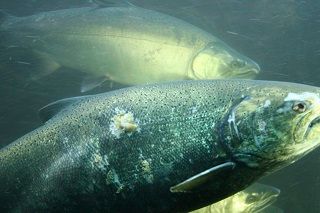Adventures in Ocean Hydrokinetics

(Ocean) currents can be thought of as rivers that exist within the oceans, with predictable directions, pace, and borders. Then, the electricity generated by currents can be connected directly to the grid. …. In addition to using ocean currents, electricity can also be generated by tidal flow.
All perfectly true. But here’s my initial reaction, as an energy pragmatist: Of course this is possible, but is it practical, i.e., cost-effective? Can it be? When, where and how?
People have been at this for many years, though hydro hasn’t received even a small fraction of the R&D resources that have gone into solar PV and wind. That has resulted in a world in which those latter technologies have become super cheap, thus super hard to compete against.
Dr. Brian Polyge, hydro’s foremost researcher, whom I interviewed for my first book (Renewable Energy – Facts and Fantasies – 2010), has seen an uncountable number of these ideas. I too have looked at quite a number of technology angles for maximizing the kinetic energy available to the turbine. This one invokes a shroud to increase the velocity of the water—not a bad idea, though not unique to HAE.
As I wrote last June from the floor at the Ocean Energy show in Atlantic City, it’s hard to imagine ocean current competing against mainstream renewable energy technologies, except in certain cases. There are many Alaskans paying $0.60/kWh for their electricity, because the diesel for their generators has to make one of the world’s most difficult and expensive journeys to get there. At the same time, they have hydro resources coming out their ears. Obviously, these people are incredible candidates for ocean current/tidal.
There are two classes of challenges associated with developing a workable approach here. One is cost/Watt. How do you build a sturdy solution with sufficient survivability, without over-engineering it and driving up the cost? The second is eco-friendliness. Any time you insert an object into an aquatic habitat, you’re changing that environment, almost definitely for the worse. The fact that blades can strike fish is only one of dozens of issues, e.g., building a blind behind which predators can hide, etc.
Has HAE thought all this through better than its many competitors? Perhaps so; I can’t say.
Again, ocean hydro has a future, at least in certain locations. In fact, I list one such approach to this in our list of renewable energy investment opportunities, described here.
